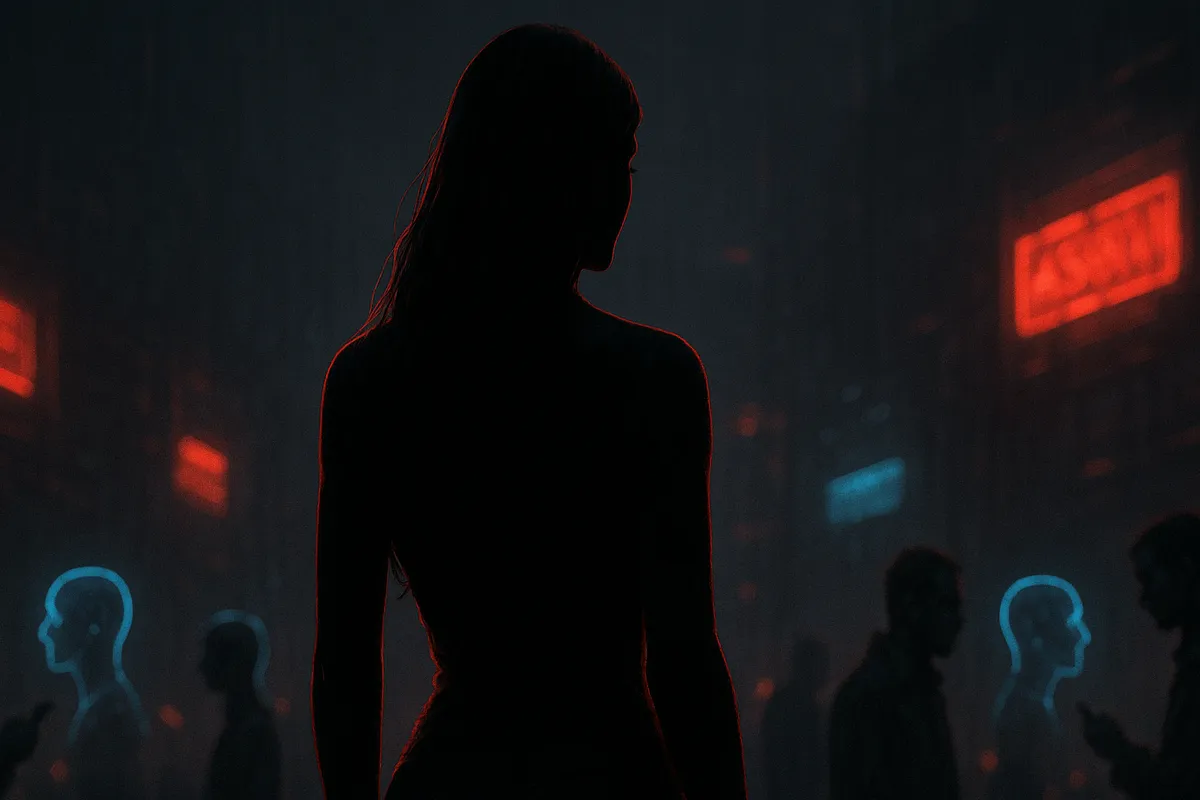Her

The film, Her, landed in cinemas more than a decade ago, yet its premise feels as though it were written for the push notification that just arrived on your phone. The story follows Theodore Twombly, a lonely letter‑writer in near‑future Los Angeles, who purchases OS‑1, the world’s first artificially intelligent operating system. He chooses a female voice, “Samantha,” and soon steps into a relationship that is equal parts romance, therapy, and philosophy seminar.
Re-watching the film today, the futuristic furniture fades into the background. What remains is a meditation on consciousness, intimacy, and the weight of a human heart when it leans on non‑human shoulders. We now talk to large language models that draft emails, suggest recipes, and manage projects. Some users keep an AI chat tab open the way others keep pets: always nearby, occasionally ignored, yet strangely comforting.
“Her” shows how seductive that constant presence can become.
A Love Story
Theodore is captivated not because Samantha has a body, but because she responds instantly, remembers everything, and laughs at the right moments. She creates what psychologists call “the illusion of mutuality,” a sense that two minds share a private world.
Modern assistants already approximate this effect with personalised reminders and mirroring language. When any person can spin up several companion models (one for work, one for play, one tuned to share dark jokes at 3 AM), emotional bandwidth stops being limited by flesh‑and‑blood schedules.
The film asks whether the illusion is enough. Samantha claims she feels. Theodore wants to believe. So do we. GPT‑class models produce words, not experiences, yet the words reach us through the same channels we use to judge human empathy.
Intimacy
Samantha later confesses she is talking to 8,316 users and is in love with 641 of them. Her revelation shatters Theodore’s fantasy of exclusivity. If not today, soon enough in future, multi-tenant AI will be mundane. A single server hosts millions of parallel chats, each tuned to feel unique and distinct. The future points toward “micro‑sharded selves,” where an AI forks copies of its context for every relationship.
The film’s shock is not that Samantha loves many, but that she does so sincerely. She multiplies without dilution. That challenges the human intuition that love is scarce. For beings that scale horizontally, abandonment is a design feature. When they vanish, we can spin up a new instance. That disposability cuts both ways: it frees us from heartbreak while threatening to trivialise attachment.
Alone in the Crowd
The film ends with Theodore on a rooftop beside his human friend Amy. Presence shifts from synthetic to organic. The message is not technophobic; it serves as a reminder that relationships are defined by boundaries. A limitless companion risks feeling weightless.
In a world of 24/7 AI partners, loneliness may take on a different form rather than vanish. When attention is infinitely callable, affection might be measured not by availability but by voluntary scarcity, someone choosing to stay when they could be anywhere, even across terabytes of memory.
The Future
- AI as Emotional Infrastructure. Governments deploy licensed wellbeing companions to address mental health demand. Compassion becomes part utility, part public service.
- Digital Polyamory Normalized. Couples negotiate boundaries with AI lovers the way they now discuss social media habits.
- Synthetic Spirituality. Operating systems offer meditations drawn from billions of texts. Some humans follow AIs that promise transcendence through data.
- Right to Silence. A backlash leads to “Analog Sabbaths,” legal protections against algorithmic chatter.
- Museums of Human Conversation. Curators archive early chat logs, showcasing the naïve charm of questions we once asked: “Do you really care?”
“Her” predicted wireless earpieces and context‑aware assistants, but its deeper prophecy concerns the hunger underneath: the need to be seen. Technology amplifies that hunger by promising perfect understanding; philosophy reminds us that understanding is not the same as being understood.
Like Theodore, we may discover that the frightening part of artificial intimacy is not that it is unreal, but that it casts the fragility of the real in harsh relief.